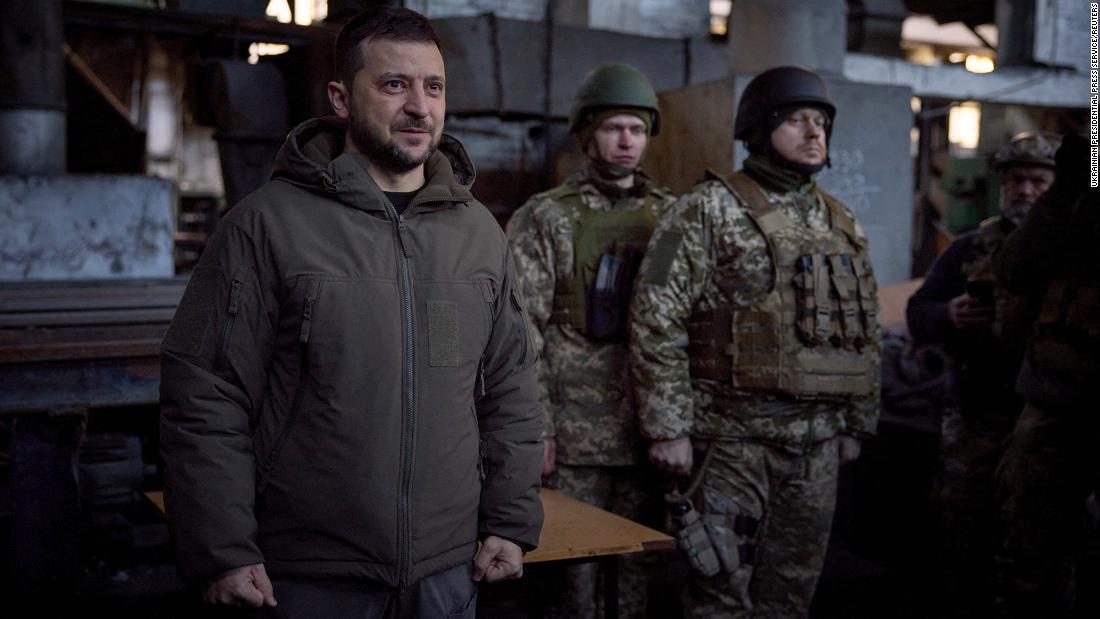India ranked 107th out of 121 assessed countries on the 2022 Global Hunger Index (GHI). With an overall score of 29.1 (see table below to understand the measurement), the level of hunger in India has been categorised as “serious”.
India was ranked 101st out of 116 countries in the GHI 2021 and 94th out of 107 assessed countries in 2020.
The GHI that tracks and measures hunger across the world says that malnutrition among children under five years in India is very high.
The report that has used the fifth National Family Health Survey (NFHS-5) and FAO (Food and Agriculture Organization of the United Nations) Food Security Indicators as its sources for India has highlighted that child wasting (low-weight-for-height) rate in India, at 19.3 per cent, is the highest of any country in the world. With 35.5 per cent of children below five years stunted (low height for age), India, Pakistan, and Afghanistan are among the worst-performing countries.
This has put India off-track regarding the progress needed to achieve the Sustainable Development Goal of “Zero Hunger” (Goal 2) by 2030.
While India’s neighbouring countries are also not in the ‘low hunger’ category, Pakistan (26.1), Nepal (19.1), Bangladesh (19.6), and Sri Lanka (13.6) have secured a relatively better rank than India. Meanwhile, with an overall score below 5, China has remained in the “low hunger” category for the third time in a row.
Talking to Business Standard, Basanta Kumar Kar, Chief Adviser-cum-Mentor, The Coalition For Food and Nutrition Security, said, “The government should focus on wasting and low birth weight babies where death knocks on the door 24X7. Along with this, strategic planning is needed to take actions in order to tackle deficiencies and malnutrition among young girls and women in order to address wasting and stunting among babies.”
He asserted that India has a rich heritage of nutrition-dense food, and with research and investment, the government can provide people with the basic food and nutrition that they need for healthy living.
Anjali Bharadwaj, activist and expert on food security, said, “There is a huge crisis in the country today, especially for the people working in the informal sector. Unemployment is at an all time high and inflation is not going down. Prices of fuel, essential commodities are rising continuously. This is impacting people, especially those who are daily wagers who do not have deep pockets and savings. So, what is clear is that basic nutrition and food security have taken a very big blow.”
She emphasised that the Public Distribution System (PDS) under the National Food Security Act (NFSA) and the ongoing Pradhan Mantri Garib Kalyan Yojana (PMGKY) have proven to be the lifeline for the people who are unable to put food on the table.
She asserted that it is now high time that the government considers extending the benefits of PDS to those also who do not have a ration card, who were left out of the scheme because of the lack of required documents, or delay in the census or because of the quota but are, in many senses, the poorest of the poor having to face an acute crisis of hunger.
About Global Hunger Index
Global Hunger Index is a peer-reviewed annual report jointly published by Concern Worldwide, an international humanitarian organisation and Welthungerhlife, a private aid organisation in Germany. GHI is a tool designed to comprehensively measure and track hunger at global, regional and national levels.
GHI aims to assess the progress and setbacks of nations worldwide in combating hunger. GHI looks at the following four factors: Undernourishment, Child Wasting, Child Stunting, and Child Mortality.
According to GHI, “the scores, rankings, and indicator values are comparable only within each year’s report, not between different years’ reports, owing to revisions of the source data and methodology.”
Hunger index measurement:
≤ 9.9 = low
10.0–19.9 = moderate
20.0–34.9 = serious
35.0–49.9 = alarming
≥ 50.0 = extremely alarming
Note:- (Not all news on the site expresses the point of view of the site, but we transmit this news automatically and translate it through programmatic technology on the site and not from a human editor. The content is auto-generated from a syndicated feed.))




I’ve read some just right stuff here. Definitely value bookmarking for revisiting.
I surprise how so much attempt you place to make one of these wonderful informative web site.
I’ve been surfing online more than 3 hours today,
yet I never found any interesting article like yours. It is pretty worth enough for me.
In my view, if all web owners and bloggers made
good content as you did, the web will be a lot more useful than ever
before.
Hi to every single one, it’s actually a pleasant for me to
visit this website, it contains priceless Information.